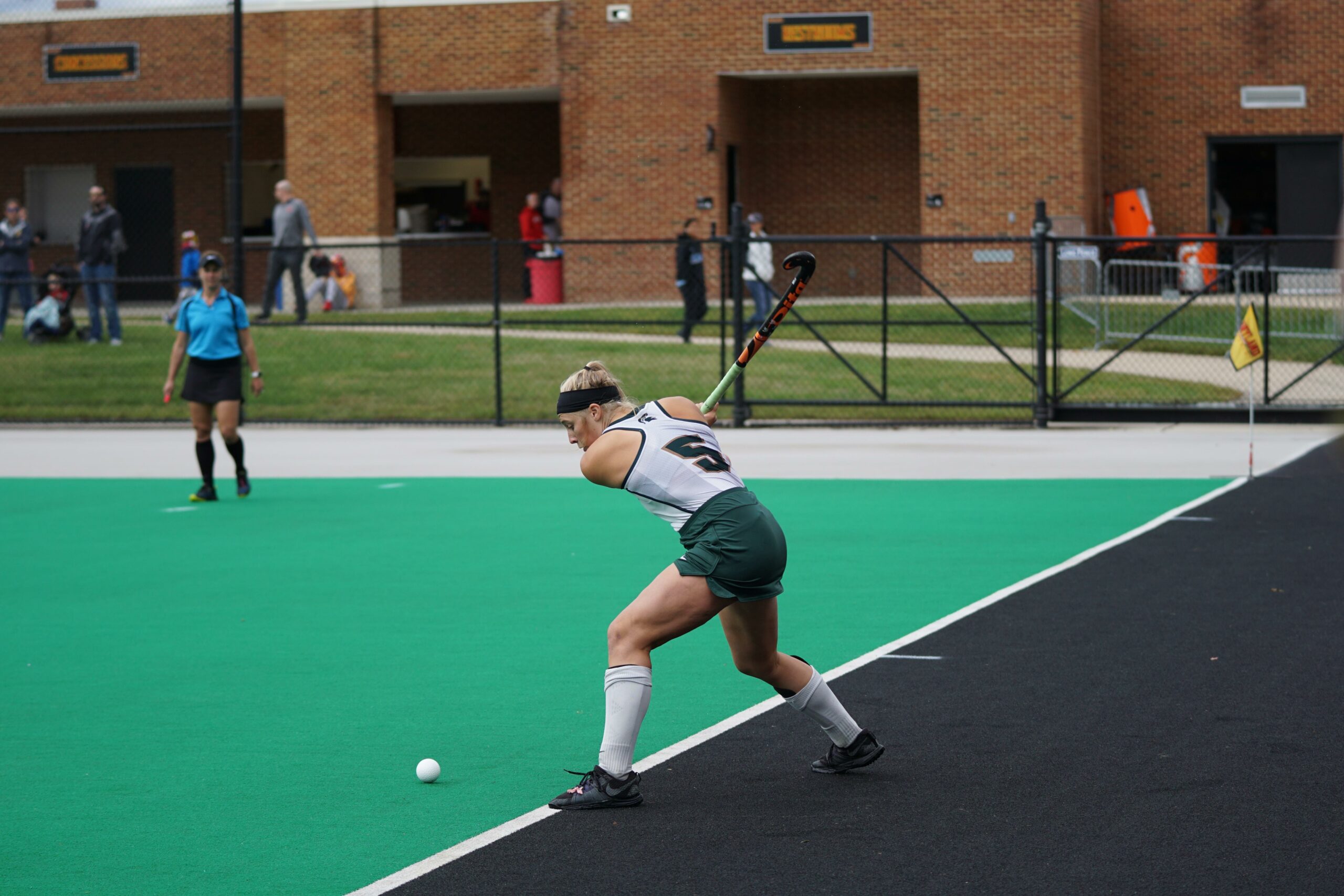Lacrosse through the Ages: Unveiling Fascinating Facts and Riveting History

Are you ready to dive into the exhilarating world of lacrosse? Brace yourself, because this article is about to take you on an extraordinary journey through the annals of time, unearthing captivating facts and unveiling the remarkable history of this beloved sport. As an experienced sports journalist with an unwavering passion for the game, I have delved deep into the origins, evolution, and cultural significance of lacrosse. Get ready to be enthralled as we explore the key moments, legendary players, and strategic marvels that have shaped the game of lacrosse throughout history. So, grab your stick and prepare to be amazed!
Lacrosse Facts History
Lacrosse, the oldest organized sport in North America, has a rich history that dates back centuries. Its origins can be traced to the Native American Indians who played a game similar to what we now know as lacrosse. Initially called stickball, this game captivated French and English colonists who observed it with awe and fascination.
In 1867, the Canadian parliament recognized the significance of lacrosse and designated it as the national sport. This acknowledgment only solidified what was already apparent – lacrosse is deeply ingrained in Canadian culture. The name “Lacrosse” itself was coined by a French missionary back in 1636, signifying the impact and influence this sport had on early European settlers.
But the roots of lacrosse go even further. The game originated among various Native communities in the early 17th century. It was played throughout modern-day Canada, but it was particularly popular around the Great Lakes, the Mid-Atlantic seaboard, and the American South. For the Native American Indians, lacrosse, or stickball, had religious, social, and political significance – it was more than just a game.
French settlers, including Jesuit missionaries, discovered the traditional lacrosse games and were mesmerized by its intensity and skill. Recognizing its value, the French missionaries named the game “lacrosse.” With the spread of the sport to Europe and other colonies, lacrosse evolved and underwent modifications over time, adapting to the cultures and communities it encountered.
Today, lacrosse has emerged as a global sport, with dedicated governing bodies, professional leagues, and international tournaments. It has captivated players and fans around the world, fostering a sense of camaraderie and competition on a grand scale. Even women have their own version of lacrosse, originally known as amtahcha.
The history of lacrosse is a tapestry of cultural exchange, resilience, and passion. From its Native American origins to its modern-day global presence, lacrosse has shaped lives, inspired athletes, and brought communities together. As we peel back the layers of time, we uncover fascinating facts and stories that reveal the deep-rooted history of this remarkable sport.
Lacrosse is not just a game; it is a cultural phenomenon that has endured and flourished for centuries. It embodies the spirit of community, competition, and tradition, making it a sport like no other.
Lacrosse is a sport with an incredible history and some truly fascinating facts. If you’re curious to learn more about this thrilling game, we’ve got you covered with a list of interesting facts about lacrosse. From its Native American origins to its modern-day popularity, there’s so much to discover. Click here to uncover these intriguing facts about lacrosse: interesting facts about lacrosse. Get ready to be amazed by the rich heritage and excitement that lacrosse brings!
Lacrosse Facts History
Lacrosse, the oldest known team sport in North America, holds a fascinating and rich history. Delve into the captivating world of lacrosse historical facts and uncover lesser-known lacrosse history that will leave you astonished. Did you know that the sport of lacrosse has deep cultural roots, originating from Native American tribes? Explore the intriguing lacrosse sport facts that highlight the immense significance of this game in indigenous culture and its evolution into the modern era. To learn more about lacrosse’s intriguing past, click here: lacrosse historical facts. Unearth the hidden gems of lesser-known lacrosse history by clicking on this link: lesser-known lacrosse history. Prepare to be amazed by the incredible journey that lacrosse has taken over the centuries. For intriguing lacrosse sport facts that will leave you in awe, follow this link: intriguing lacrosse sport facts. Experience the thrill of exploring lacrosse’s captivating history as you uncover its secrets and milestones.
Exploring the Ancient Roots of Lacrosse
[youtube v=”JxM5mcuCR8M”]
Lacrosse, the oldest organized sport in North America, has a fascinating history that dates back centuries. Originally played by Native American Indians in the early 17th century, it was known as stickball and held great religious, social, and political significance for these communities. The game was a gift from the creator, seen as a medicine game that brought healing, peace, and joy. It was played without referees, using wooden sticks made from the hickory tree and nets crafted from deer sinew.
The French settlers, upon discovering the game, named it “lacrosse” in the 1630s, drawing similarities between the stick and a bishop’s crosier. The French also changed the original name of the game, given by the Hada Noshone people, to the more commonly known Iroquois. Lacrosse spread from Native American communities to Europe and other colonies, adapting to different cultures and communities along the way.
In 1867, the Canadian parliament recognized lacrosse as the national sport, cementing its place in history and further popularizing the game. The evolution of lacrosse continued as it reached new shores and gained global recognition. Today, lacrosse has governing bodies, professional leagues, and international tournaments, making it a truly global sport.
It’s important to note that lacrosse is not limited to a boys’ club or exclusive to any particular race. The Huda Roshoni, also known as the Iroquois, are the originators of lacrosse, and they view the sport as a way of life. As Oren Lyons, an influential lacrosse figure, explains, “When you talk about lacrosse, you talk about the lifeblood of our six nations. The game is ingrained in our culture, our system, and our lives.” Lacrosse is a sport that connects communities, encourages friendship, and promotes respect and peace.
Women also play their own version of lacrosse called “amtahcha.” It is a testament to the inclusivity of the sport and its ability to adapt and embrace different genders. Lacrosse truly represents the direction in which our world is moving, with a focus on diversity and equality.
The future of lacrosse lies in our hands. It is our responsibility to preserve its rich history, learn from the impact it has had, and shape a more inclusive and empowered community. Together, we can create change and fight against social injustices. Lacrosse has the potential to be a sport that not only represents our past but also leads us into a brighter future. As we continue to celebrate the ancient roots of this game, let us be fearless and stand united to ensure lacrosse remains a sport for everyone.
To quote the words of Oren Lyons once again, “We hope that lacrosse will bring a world community based on true friendship, respect, and peace. We have to be the sport of the future.”
End Paragraph Quote:
“Let us be fearless and stand united to ensure lacrosse remains a sport for everyone.”
Key Points Recap:
1. Lacrosse originated as stickball among Native American Indians in the early 17th century.
2. The game held great religious, social, and political significance for these communities.
3. The French settlers named it “lacrosse,” and it spread to Europe and other colonies.
4. Canada recognized it as the national sport in 1867.
5. Lacrosse is now a global sport with governing bodies and professional leagues.
6. Women play their own version called “amtahcha.”
7. Lacrosse is a sport that connects communities, encourages friendship, and promotes respect and peace.
8. Together, we can shape a more inclusive and empowered lacrosse community.
FAQ
Question 1
What is the origin of lacrosse?
Answer 1
Lacrosse originated among various Native communities in the early 17th century. It was played throughout modern Canada but was most popular around the Great Lakes, Mid-Atlantic seaboard, and American South. The Native American Indians played the game, which was originally referred to as stickball.
Question 2
Who named the game “lacrosse”?
Answer 2
The name “lacrosse” was coined by a French missionary in 1636. French Jesuit missionaries witnessed the traditional lacrosse games played by Native American Indians and named it “lacrosse.”
Question 3
What is the significance of lacrosse in Native American culture?
Answer 3
Lacrosse had religious, social, and political significance in Native American culture. It was more than just a game and held deep cultural importance within the community.
Question 4
When did lacrosse become Canada’s national sport?
Answer 4
In 1867, the Canadian parliament designated lacrosse as the national sport of Canada, recognizing its cultural and historical significance.
Question 5
How has lacrosse evolved over time?
Answer 5
Lacrosse has evolved over time and spread to Europe and other colonies. It underwent modifications and adaptations, leading to the game being played worldwide today. There are governing bodies, professional leagues, and international tournaments dedicated to lacrosse. Additionally, women had their own version of lacrosse known as “amtahcha” in the past.
- China II Review: Delicious Food & Speedy Service - April 17, 2025
- Understand Virginia’s Flag: History & Debate - April 17, 2025
- Explore Long Island’s Map: Unique Regions & Insights - April 17, 2025
















